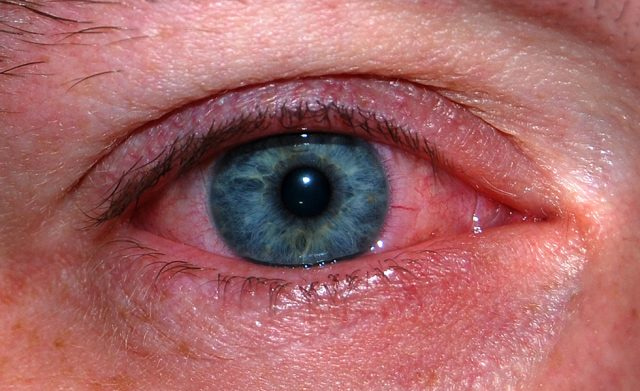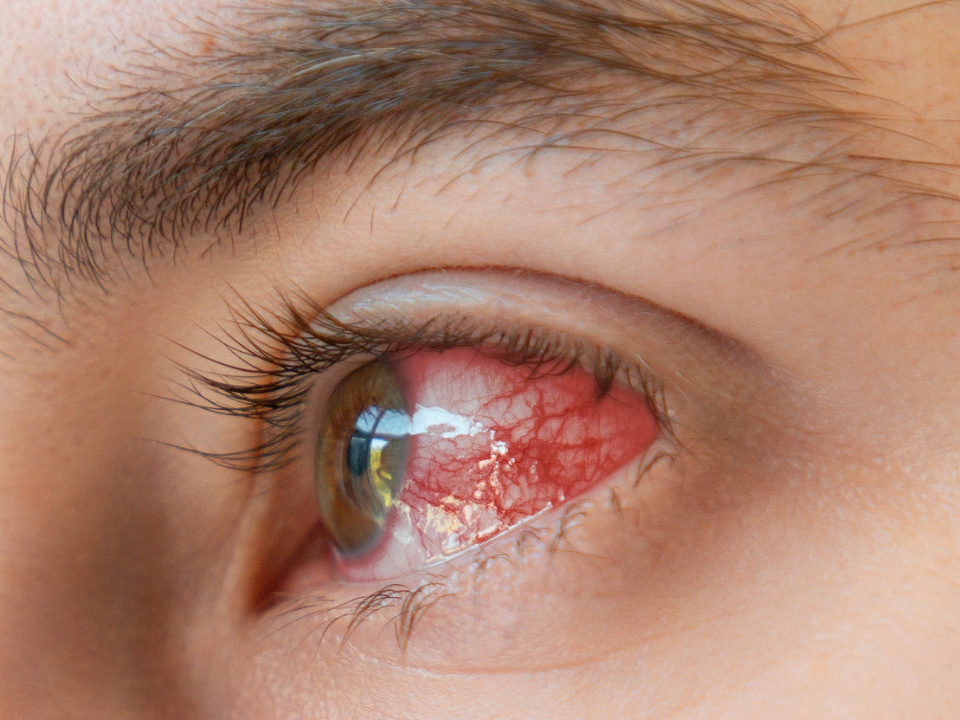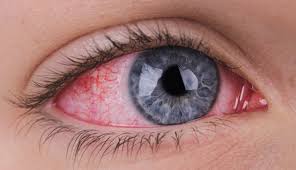Photokeratitis
Welcome to Bright Vision Care Hospital, where we are dedicated to your eye health and well-being. In this informative guide, we will explore the condition known as Photokeratitis, sometimes referred to as "sunburn of the eye." Our mission is to provide you with comprehensive information about photokeratitis, including its symptoms, effective do's and don'ts for prevention and management, recommended eye exercises for relief, and expert care to help you protect your eyes from the harmful effects of UV radiation.
Photokeratitis is a painful eye condition caused by overexposure to ultraviolet (UV) light, often from the sun or artificial sources. Understanding the symptoms and taking preventive measures is crucial for maintaining healthy eyes.

Symptoms
Photokeratitis typically causes severe eye pain, often described as a burning sensation. This pain can be intense and uncomfortable.
RednessThe affected eyes may become bloodshot and appear red. Redness is a common and noticeable symptom of photokeratitis.
Watery EyesPhotokeratitis can lead to excessive tearing, as the eyes attempt to flush out irritants and alleviate discomfort.
Blurred VisionVision may become temporarily blurred, making it challenging to see clearly. This is a common symptom of photokeratitis.
Sensitivity to LightIndividuals with photokeratitis often experience heightened sensitivity to light (photophobia), which can exacerbate their discomfort.

Do's & Dont's
Do's
Wear SunglassesInvest in quality sunglasses that block 100% of UVA and UVB rays. Wear them whenever you are outdoors, even on cloudy days.
Use Protective EyewearWhen participating in activities that may expose your eyes to UV light, such as skiing or welding, wear appropriate eye protection.
Seek ShadeWhenever possible, seek shade or take breaks from direct sunlight during peak UV hours, typically between 10 a.m. and 4 p.m.
Stay HydratedDrink plenty of water to maintain overall eye health and minimize dryness.
Consult an Eye SpecialistIf you suspect photokeratitis or experience severe eye pain and discomfort, seek immediate medical attention.
Dont's
Avoid Staring at the SunNever look directly at the sun, as this can lead to immediate and severe eye damage.
Don't Skip SunglassesDo not neglect to wear sunglasses when outdoors, even if it's not particularly sunny, as UV rays can still harm your eyes.
Limit Tanning BedsAvoid using tanning beds, which emit intense UV radiation that can damage your eyes and skin.
Don't Rub Your EyesRefrain from rubbing your eyes if you suspect photokeratitis, as this can exacerbate the condition.
Delay TreatmentDo not delay seeking medical attention if you suspect photokeratitis or experience severe eye pain and discomfort.
Exercises
While there are no specific exercises to treat photokeratitis, maintaining overall eye health is essential. Consider these eye care practices:
Ensure regular blinking to help distribute tears and keep the eye moist and comfortable.
Eye HygieneMaintain good eye hygiene by keeping your eyelids clean and free from debris.
Eye RestTake breaks during extended periods of screen time or intense visual tasks to reduce eye strain.
Eye ProtectionUse protective eyewear in challenging environmental conditions to safeguard your eyes from potential harm.
Follow Eye Specialist's RecommendationsAdhere to any specific eye care routines recommended by your eye specialist to address your photokeratitis and overall eye health.

Summary
Photokeratitis is a painful eye condition caused by overexposure to UV light. At Bright Vision Care Hospital, we are committed to providing you with expert care and guidance to protect your eyes from this condition. By following the do's and don'ts, wearing quality sunglasses, and maintaining overall eye health, you can minimize the risk of photokeratitis and enjoy healthy, comfortable eyes.